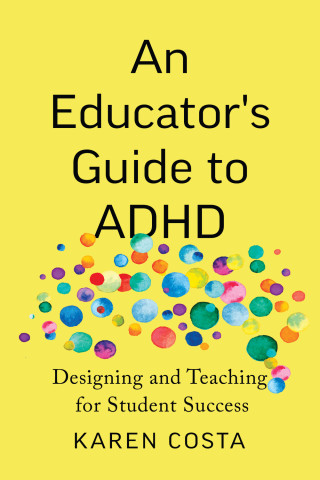
Reviews
This intriguing theory will no doubt provoke lively debate both in and outside professional circles. For lay readers, however, the book's real pleasure lies in the substantive analyses of Sylvia Plath, August Strindberg, Emily Dickenson, Tennessee Williams, Eugene O'Neill, and William Faulkner.
Albert Rothenberg has devoted the major part of a distinguished career to a broad program of research on creativity. In his excellent, concise volume, he reports his current views on this fascinating subject... It is well-argued and judicious and, therefore, a useful introduction to the domain of creativity research.
Book Details
Acknowledgments
Chapter 1. A Scientist Looks at Creativity
Chapter 2. The Creative Process in Art and Science
Chapter 3. Inspiration and the Creative Process
Chapter 4. The Mystique of the Unconscious and
Acknowledgments
Chapter 1. A Scientist Looks at Creativity
Chapter 2. The Creative Process in Art and Science
Chapter 3. Inspiration and the Creative Process
Chapter 4. The Mystique of the Unconscious and Creativity
Chapter 5. Psychosis and the Creation of Poetry
Chapter 6. Self-Destruction and Self-Creation
Chapter 7. The Perils of Psychoanalyzing (or Scandalizing) Emily Dickinson
Chapter 8. The Psychosis and Triumph of August Strindberg
Chapter 9. Homosexuality and Creativity
Chapter 10. The Muse in the Bottle
Chapter 11. Eugene O'Neill's Creation of The Iceman Cometh
Chapter 12. Creativity and Mental Illness
Chapter 13. Psychotherapy and Creativity
Notes
Index





